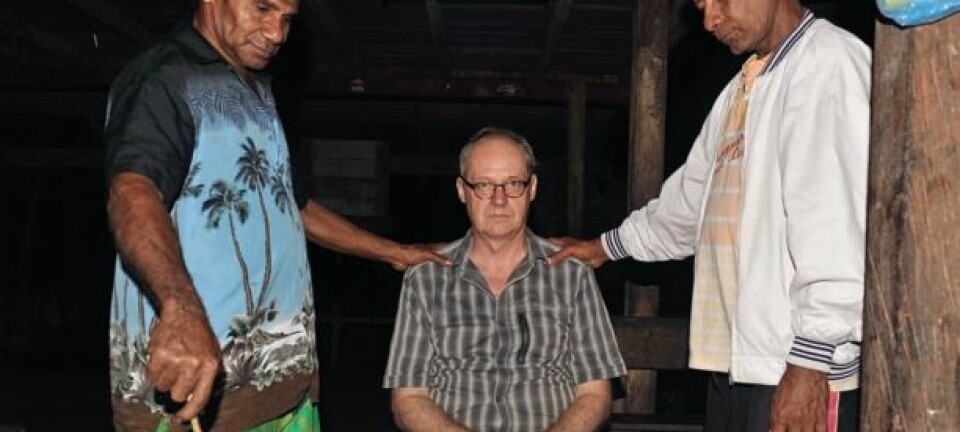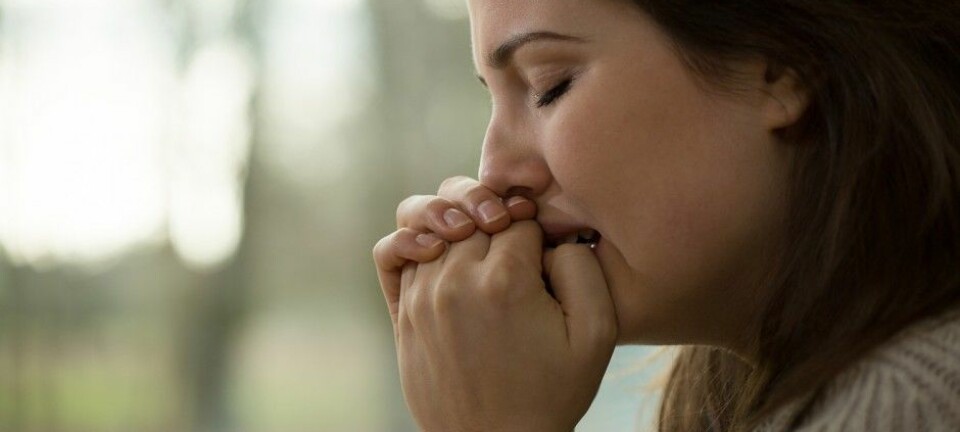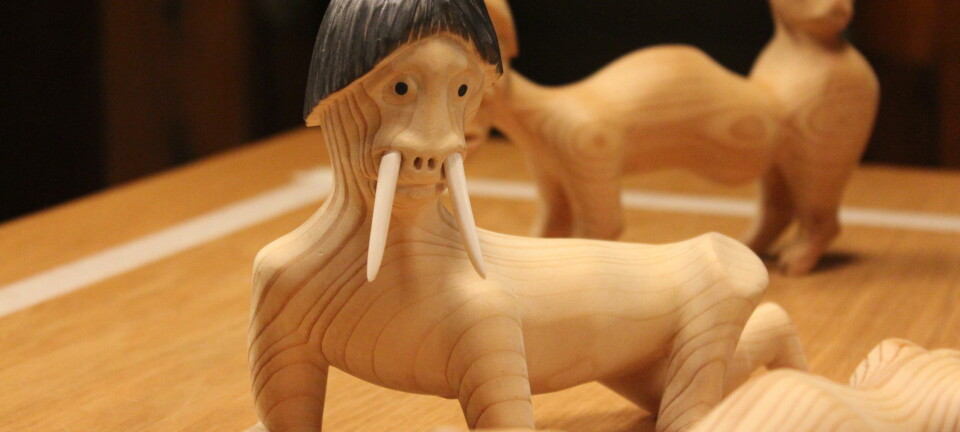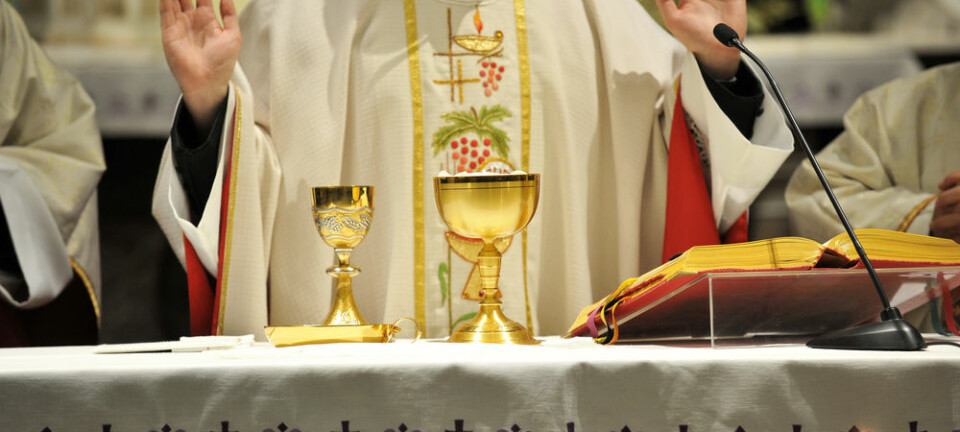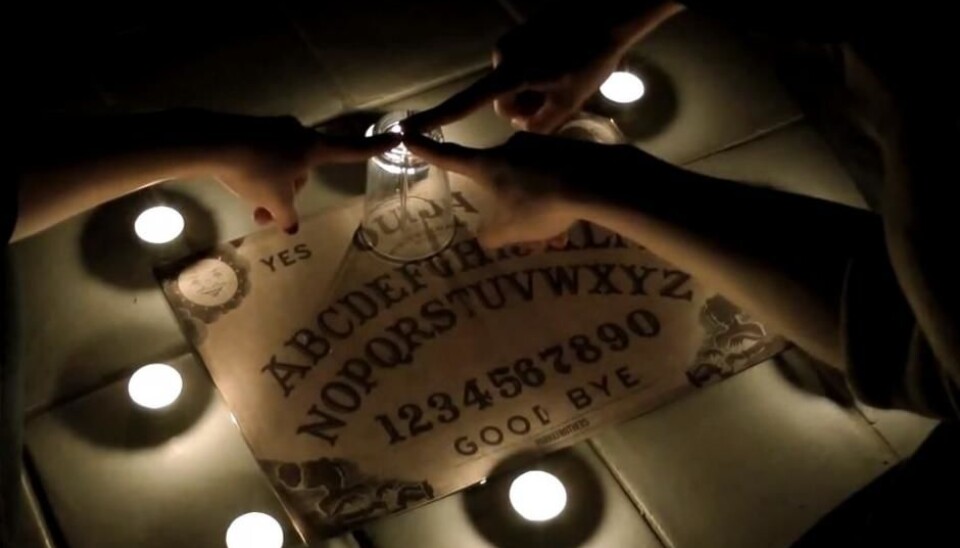
How Ouija boards really work
“Impressive” study reveals what is actually happening when a supposed spirit communicates via a Ouija board.
“How did you die?”
You have probably either tried it yourself or have heard of others who have: The Ouija Board.
One or more participants sit across from each other with their fingers on a glass. Around the glass are numbers and letters. A spirit is summoned, you ask questions, and the glass begins to move from one letter to the next to spell out the response:
“K-N-I-F-E”
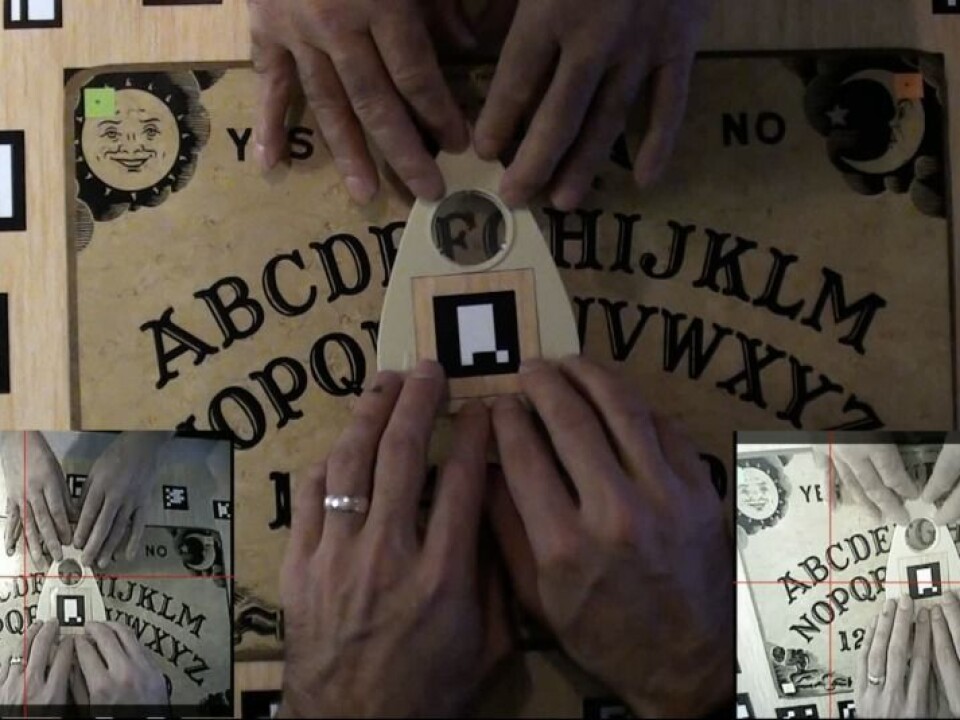
Perhaps you were absolutely certain that it was not you who moved the glass, and everyone else had the same feeling. So who did? A ghost?
Alright, so here comes the breaking news: No, it was not a spirit. It was you! Or rather, it was you and your friends that unconsciously collaborated to select the letters.
In a new study, scientists from Aarhus University, in Denmark, the University of Southern Denmark, and Bielefeld University in Germany have identified precisely what happens when the glass moves.
Study conducted at a Ouija board conference
Lead-author on the new study, Marc Andersen, a postdoc from the Interactive Minds Centre at Aarhus University, had long wondered:
How can a group of people, each with a finger on the glass, spell out a meaningful word and still be convinced that they didn’t do it?
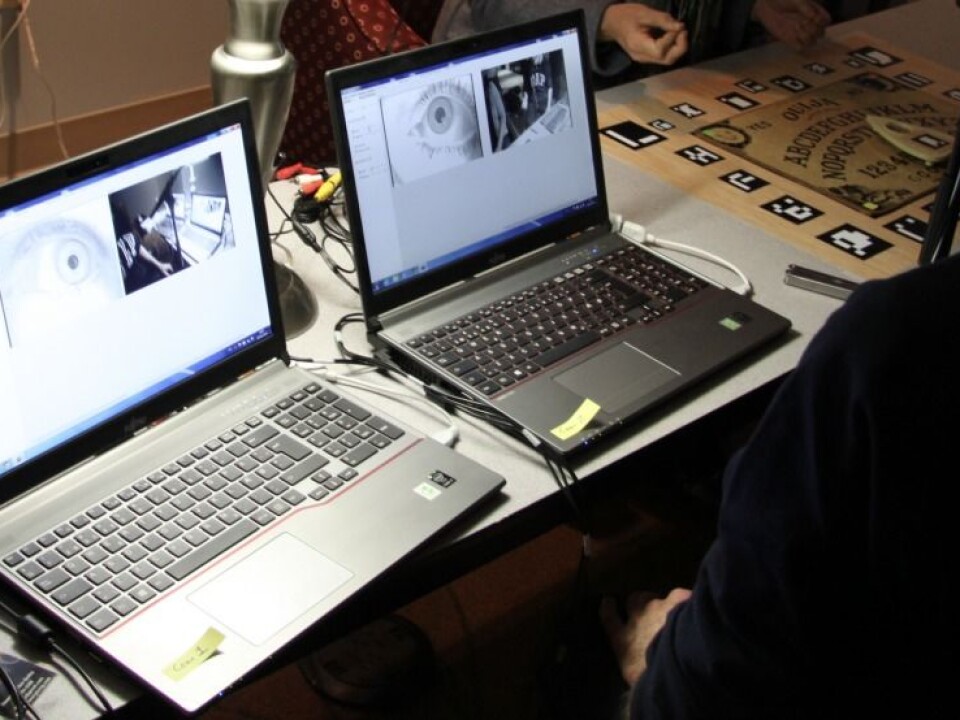
In 2015, he packed his bag with a notebook, video camera, and eye-tracking equipment, and set off for Baltimore in the US with a research assistant.
They were headed to a conference for people that communicate with the dead via Ouija boards. Instead of a glass, they use a triangular piece of plastic, called a planchette, which moves around the board and points to letters, numbers, and individual words such as yes or no.
Andersen recruited 40 participants who wore eye-tracking equipment, which followed the participants’ eye movements as they navigated the board. The séance was also recorded. The results are published in the scientific journal Phenomenology and the Cognitive Sciences.
Read More: Why horror is so popular
The big reveal
Participants sat in pairs, and were instructed to do two things:
- To spell the word “Baltimore.”
- To conduct a Ouija board session as usual.
As you might expect, when the participants spelled out Baltimore, they looked at the next letter ahead of time before moving the planchette to that letter. In other words, they could easily predict where the planchette would end up.
But when they moved on to the second task (to conduct a Ouija board session as usual), it was much more difficult for the individual participants to predict where the planchette would move.
And here is the paradox: How can the participants be unable to predict the word that will be spelled out (hence the belief that a spirit did it) when more than 100 years of research shows that the participants are clearly moving the glass themselves?
Andersen explains they figured out what was happening, not by looking at each individual’s eye movements, but by looking at the combined eye movements of each pair of players.
Tracking the combined eye movements of two players turned out to be as good a predictor of where the planchette would end up as tracking just one player’s eye movement when they are purposely spelling out a known word, as in the Baltimore exercise.
Read More: Horror games can be more frightening than movies
“Spirits” emerge from human interaction
So, while an individual player cannot predict where the planchette will move, the combined eye movement of the pair of players reveals what the “spirit” will write, especially after the first few letters, which seem to occur at random.
“What is so fascinating about this phenomenon is that individual participants exhibit great difficulties in predicting what the “spirit” is trying to tell them, but as soon as we look at the participants as a collective entity, we see how meaningful responses are still able to emerge out of their interaction with each other,” says Andersen.
“Our study solves the apparent paradox that participants on the one hand are producing the Ouija responses themselves, while they on the other hand are unable to predict those very same responses at an individual level. In that sense, you could say that the “spirit” is actually a representation of the collective ‘we’,” he says.
Read More: Religious and superstitious people understand the physical world less than atheists
“Imaginative and effective use” of eye tracking technology
Professor James Todd from Eastern Michigan University, USA, is impressed with the study. He was not involved with it, but has 25 years of experience researching how we communicate via others or using objects.
“I was impressed by their imaginative and effective use of [eye tracking software]. In other words, Andersen’s work is quite valuable in that it gives us a relatively easy way to detect and measure mistaken attributions of action under reasonably ordinary conditions in ordinary people,” he writes in an email to our sister site, Videnskab.dk.
“The fact that Andersen and his colleagues were able to get these results outside of the laboratory probably strengthens the outcome. The effects were strong enough to detect under reasonably ordinary conditions,” he writes.
Read More: Secrets and lies: The psychology of conspiracy theories
If you believe in the mystical, then you will experience it
The Baltimore experiment also shows that people, who believe that the Ouija board can be used to contact the dead, are also more likely to believe that the planchette moves itself, compared to those who are more sceptical.
This pattern fits Andersen’s previous experimental research, using virtual reality. In this study, as participants walked through a virtual reality forest, those who expected to encounter something supernatural were more likely to report experiencing it afterwards.
This is thought to be due to the effects of expectations on our conscious experience of the world around us.
———————-
Read more in the Danish version of this article at Videnskab.dk
Translated by: Catherine Jex
